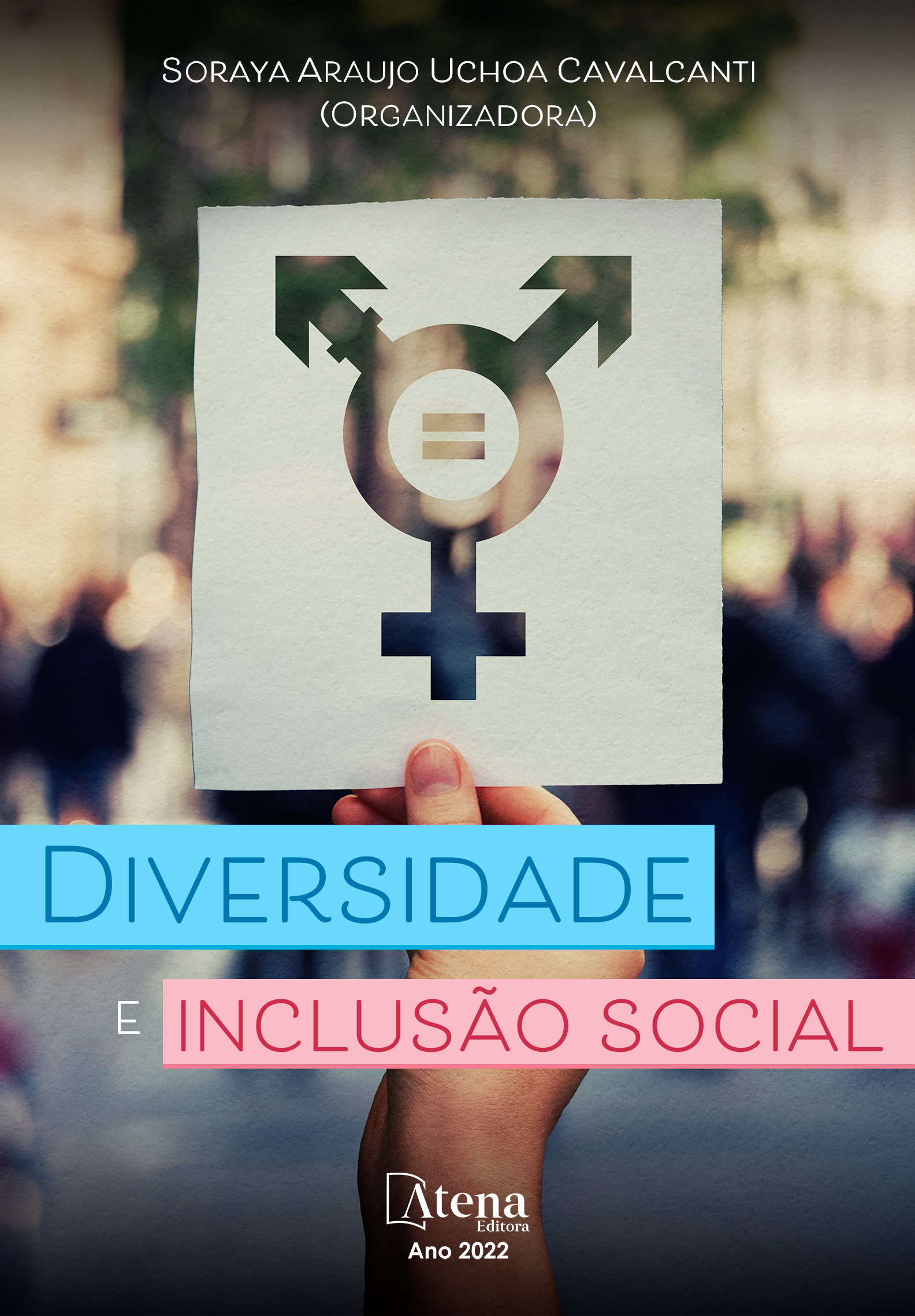
A DANÇA COMO PRÁTICA EDUCACIONAL INCLUSIVA NOS ESPAÇOS ESCOLARES
O objetivo da presente pesquisa foi analisar a dança como prática educacional inclusiva para alunos com deficiência do ensino fundamental 1 em escolas municipais de Joinville. Utilizou-se o método descritivo, quantitativo e transversal. Participaram do estudo 60 sujeitos, sendo 39 do gênero feminino e 21 do masculino, maiores de 18 anos, formados em educação física, que trabalham como professores de Educação Física do Ensino Fundamental 1 da Rede Municipal de Ensino de Joinville, Santa Catarina, que têm em suas turmas alunos com deficiência ou que já trabalharam com alunos com deficiência. Como instrumento de pesquisa foi utilizado um questionário especialmente desenvolvido para o estudo, pelos próprios pesquisadores. Este instrumento foi organizado na plataforma Google Forms® e foi composto de nove questões fechadas. Diante disso, vê-se que a quantidade de deficientes nas escolas é de mais de cinco crianças (41,66%), prevalecendo a deficiência intelectual (46,39%). Dos professores, 87% efetuam adaptações no planejamento de aula para o atendimento a esse público e a dança se faz presente no ambiente escolar (66%). No entanto, os professores se sentem pouco preparados para trabalhar a dança para deficientes (48%), sendo esse despreparo, em como cuidar do aluno, o motivo para não aplicarem a modalidade (45%). Embora os professores tenham efetuado adaptações no planejamento de aula para o atendimento a esse público e mesmo a dança estando presente nas aulas de educação física, falta, no entanto, habilitação e capacidade para uma melhor segurança durante as aulas de dança aplicada nas escolas.
A DANÇA COMO PRÁTICA EDUCACIONAL INCLUSIVA NOS ESPAÇOS ESCOLARES
-
DOI: 10.22533/at.ed.6772220019
-
Palavras-chave: Educação; Escolas; Dança; Inclusão; Deficientes.
-
Keywords: Education; Schools; Dance; Inclusion; Disabled.
-
Abstract:
The objective of the present research was to analyze dance as an inclusive educational practice for students with disabilities in elementary school 1 in Joinville municipal schools. The descriptive, quantitative, and transversal method was used. Sixty subjects participated in the study, being 39 females and 21 males, over 18 years old, with a degree in physical education, working as Physical Education teachers in the Elementary 1 Elementary School in the Municipal Education Network of Joinville, Santa Catarina, who have students with disabilities in their classes or have worked with students with disabilities. As a research instrument, a questionnaire especially developed for the study by the researchers themselves was used. This instrument was organized in the Google Forms® platform and was composed of nine closed questions. Therefore, the number of handicapped children in the schools is more than five children (41.66%), with intellectual disabilities prevailing (46.39%). Of the teachers, 87% make adaptations in their lesson planning to attend this public and dance is present in the school environment (66%). However, teachers feel unprepared to work with dance for the disabled (48%), and this unpreparedness, in how to care for the student, is the reason for not applying the modality (45%). Although the teachers have made adaptations in their lesson planning to attend this public event and even though dance is present in physical education classes, there is a lack of qualification and capacity for better safety during dance classes applied in schools.
-
Número de páginas: 10
- Juliana Regina Crestani
- Pedro Jorge Cortes Morales
- Eduarda Eugenia Dias de Jesus


